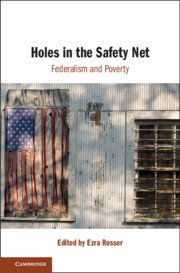Indermit S. Gill & Eric L. Dixon, Poverty Reduction in the United States During Its Middle-Income State of Development (Duke Global Working Paper Series No. 33, 2021). Abstract below:
This paper is one of three country studies of successful anti-poverty measures during upper middle-income levels, the other two being Japan and the Republic of Korea. Though the US did not advance an explicit anti-poverty agenda until the 1960s, assisting the economically distressed was a key priority of the New Deal. Average education, life expectancy and earnings all increased during 1920-1960. Poverty fell by two-thirds to around 22 percent as the mean income rose and income inequality fell beginning in the 1940s. Economic gaps among Black Americans, women, the South, and rural areas converged, though these gaps persist to this day. Migration, urbanization, and the structural shift away from agricultural jobs transformed the economy. These, along with factors such as strong collective bargaining and access to education, helped keep low incomes rising amidst overall growth. New Deal policies that impacted market incomes (labor laws, farm subsidies, education) fueled poverty reduction more than transfers (direct relief, work relief, social insurance). Though welfare programs helped lower the poverty gap and were important policy innovations, the payment levels were too low to bring people out of poverty—defined in a manner appropriate for a country on the cusp of high income—until well after 1960.





